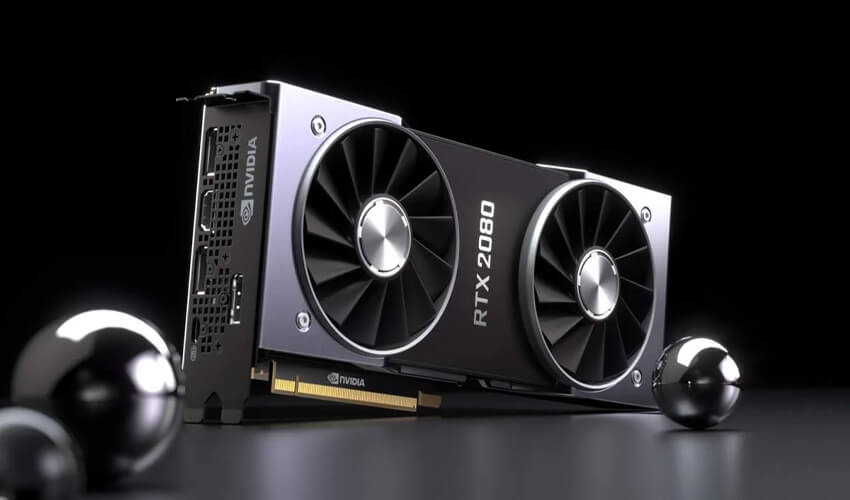We all love a good display quality and also the tech that produces it. And the most beloved piece of tech for that matter is the Graphic card. It has now become somewhat of a necessity if you are buying a computer. And why shouldn't it be? It is that appendage that enhances the visual performance of your computer systems. They come in two forms, Integrated and dedicated. The latter one is widely known as the Graphic card. Their life is the same as any Personal computer, between 5 to 10 years, depending on the condition in which they are used.
All the components in a computer system need to be updated in proper time to encounter the issues and problems and to adjust to the new types of machinery that are rolled out in the market. And we do this by updating our device drivers, this fixes most of the issues and helps in running our computer systems smoothly.
For most hardware devices, one should keep a track of outdated drivers and update them regularly to ensure the safety and high performance of the system. But this isn't the case for Graphic cards, the adage in the case of Graphic cards is, "If it ain't broke, don't fix it." You should not upgrade your graphic card drivers if you have an older version and also if you are not encountering any problems in gaming performance. But if you have the latest game on your device and your Graphics card is from the younger generations of the graphics card, then you should definitely consider upgrading your graphics card drivers, as it for sure will positively impact the performance and experience you get from your device and may also unlock some features that are completely new and unexplored for you. Updating the graphics drivers increases the avg. FPS that your graphics card clocks, and this means better resolution, smooth graphics, and almost non-existent drop rates.

